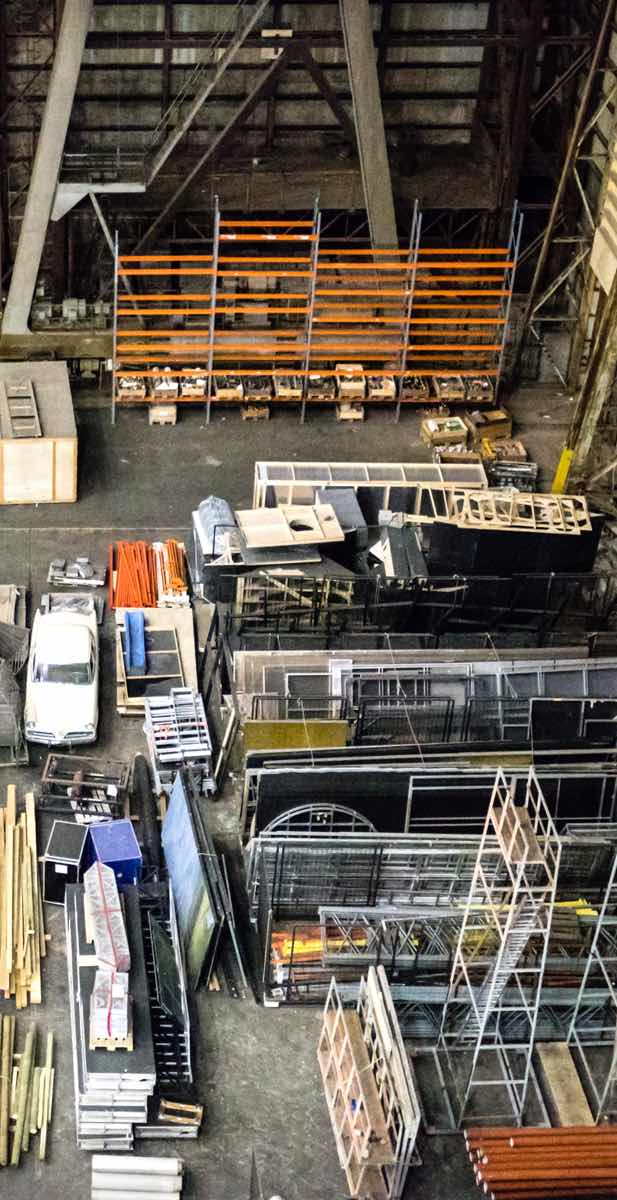Manufacturing
Lean Manufacturing – Working More EfficientlyHow Much Money Do You Spend On Your Waste?
Do you have to think about ordering supply months before you need it? What about being flexible? Are you able to promptly change the flow of your business to meet the needs of your customers?
All of this is waste. It makes you and your customers overpay, which pushes them toward finding other, more profitable options. You’ve got to become flexible. You’ve got to learn to recognize the needs of your customers and respond to them efficiently. You need to learn to adjust to new trends and changes in the world of business.
So, how do you cut down waste and make your working processes rational? Do you know how to keep pace with the growing expectations of your customers?
Lean Manufacturing is a theory that was mentioned for the first time by James Womack in his book, “The Machine That Changed the World”, in 1990. According to him, your task is to make your business performance simple and organized, reducing waste and allowing all departments to be able to respond to the demands of here and now.
Lean Manufacturing has a number of principles that supporters of this theory use to achieve advancement in productivity and quality, rationalizing the use of time and reducing waste through the so-called “kaizen”, which is a Japanese word to describe “a change for the better”. The task is to deliver a perfect product or service at the right time and in the right quantity.

Lean TOOLS AND CONCEPTS
There is a number of specific Lean tools and concepts that help organizations get rid of waste. Here you can find 12 of the most important ones:
#1: Cellular Manufacturing
This strategy combines the production of a group of similar products using facilities and workstations that are situated near each other. This helps to save the cycle time and fulfill market response times.
#2: Takt Time
Takt time is the average rate at which a business must produce a product based on the customer’s demands and provided working hours.
Here is the formula:
Takt = T/D
“T” represents Time available for a product (or a service). “T” gives information on production pace per hours.
“D” is the actual Demand for the number of units (or production pace).
#3: Standardized Work
A method of documenting the description of materials, tools
#4: One Piece Flow or Continuous Flow
This is a concept that has been developed to reduce the batch size, which will also remove system constraints. With this method, either a product or information must be produced by moving at a continual pace from one value-added processing stage to the next one, with no interruption or delay.
#5: Pull Systems and Kanban
This is a methodology in which a customer’s actions suggest a supplying process to produce a certain product or information when there is a need for it. Kanban is the term for the signals that are used within a pull system, using scheduling together with traveling instructions, by visual devices.
#6: Five Why’s
A mental process that makes one repeatedly ask “why” in order to reach the root cause of a problem.
#7: Quick Changeover / SMED
Shigeo Shingo developed this 3-stage methodology that decreases the time factor in bringing changes by externalizing and streamlining each stage. To decrease batch sizes and produce on time, changeover time must be shortened. This method helps to bring more flexibility and make the company more considerate of customer changes.
#8: Mistake Proofing / Poka Yoke
This methodology will help an operator to avoid mistakes by practicing preventive, in-built responsiveness in terms of the product design or the process of production.
#9: Heijunka / Leveling the Workload
This principle teaches that all of the processes must build a consecutive amount of work over time, even though customer order patterns are quite variable. This is possible by planning different product mix and amounts over a period of time.
#10: Total Productive Maintenance (TPM)
This system is based on team work and influences Overall Equipment Effectiveness (OEE), which is the combination of availability, performance and quality. The TPM program will bring production to a whole new level and raise employee morale and satisfaction with their job at the same time.
Here is the formula:
OEE (Overall Equipment Efficiency)= AxPExQ
Where A is Availability of the machine. PE is Performance Efficiency. Q is Quality rate.
#11: Five S (5S)
#12: Problem Solving / PDCA / PDSA
The PDCA cycle is a showcase of how others have already solved their problems. It is very helpful to realize that every task is part of the bigger picture and that each stage of production has its customer. This system forms the understanding that the improvement cycle will provide the final customer with the best quality product or service.
PLAN: create a plan to achieve your goal
DO: act according to the plan
PRINCIPLE
Waste costs you and your customers money. And if your customers have to pay more because of it, they might go elsewhere.



